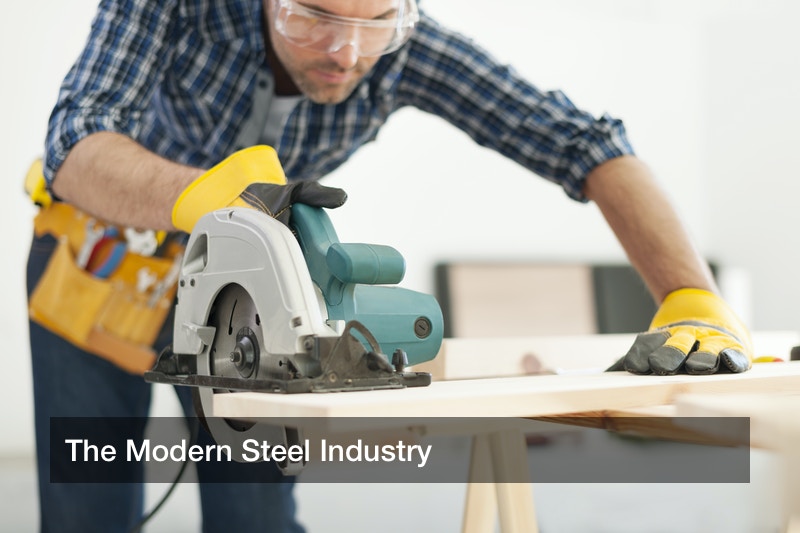
Updated 01/09/2022
There is no doubt that metals rank among the most important construction materials the human race has ever used. In fact, a few prehistoric eras are named after the most commonly used metals of the time, such as the Iron Age and Copper Age. By the Industrial Revolution, the mass production of steel and similar metals became a reality, and this enabled the construction of many new marvels, from I-beams for skyscrapers to steam engines and railroad tracks. Steel is not a truly universal metal (it has its limits), but all the same, steel is used just about everywhere, and for good reason. So, construction workers have great need for steel suppliers for steel sheet piling and strip metal, and the same is true of factories and workshops. What might these steel suppliers provide, and what is the difference between cold rolled steel and hot rolled steel?
All About Steel
First, let us consider steel as a metal, and as an economic material. Steel has been forged since the Middle Ages, usually in limited amounts to make knight armor and swords. But ever since the 1800s, steel mills have been producing incredible amounts of this metal, made of refined iron to become light and strong for work. Steel is an economic powerhouse; in 2016, the world produced just over 1,600 million tonnes of it, and nations such as the United States, Canada, China, and Germany lead the way. In the United States alone, some 142,000 people are employed because of steel production, and steel sheet metal contributes some $30 billion to the American economy. Experts say that this sector will grow even more in the coming years, and open up thousands of new jobs along the way.
Steel is also the world’s most recycled material, and it can be melted down to be reshaped into just about anything. This may be done to old cars, for example, or even steel shipping containers. Meanwhile, what about hot and cold rolled steel? Sheet steel is made when the material is passed through pressurized rollers at a high temperature, and this results in a roll of hot rolled steel. Such material is imprecise in its dimensions, but that is acceptable for applications such as making I-beams or railroad tracks. Meanwhile, if that metal is passed through the rollers again but at room temperature, then the result is cold rolled steel, which features a protective glossy coat and precise dimensions. This makes cold rolled steel useful for making manufactured goods of all kinds.
Using Steel to Build Things
Cold rolled steel sheets can’t be used to build literally everything, as some jobs involve extremes of pressure, heat, or corrosion that only metal alloys can handle. Still, steel sees use all over the place, giving steel suppliers plenty of business. It may be noted that when metal such as steel is used to build something in a workshop or factory, that metal needs to be machined, as in welded, cut, or drilled to make the final product. This often results in upraised imperfections called metal burrs, which are a hazard since they can scrape against other items and damage them, or even attract static electricity. And, of course, they are unsightly. So, machined steel needs to be fed to a lathe table, which features a rotating grinder that will scrape off the metal burrs and leave behind a smooth surface on the metal item.
Machined and refined steel can be used to make air ducts, for example, and steel suppliers can sell a lot of sheet steel to the makers of oval and spiral duct makers in particular. Oval and spiral air ducts use less material than older, rectangular duct models, and they are more cost-friendly to build, package, and store. Buyers will be construction companies who need to install a new building’s HVAC utility. Stainless steel resists rust and other corrosion, making it the default metal for surgical equipment such as scalpels, and cutlery such as knives, forks, and spoons. Steel and steel alloys are also used to make engine parts, which must be able to endure extremes of pressure and heat during work. And as mentioned earlier, steel can also be used to make I-beams for skyscrapers, railroad tracks, and the shipping containers that naval ships use for deliveries.

